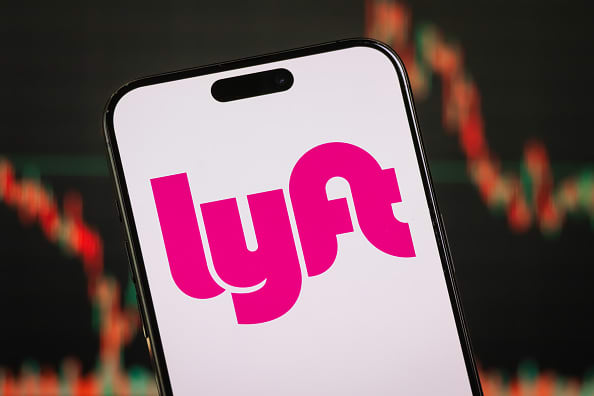
The Hidden Patterns of Premarket Trading: A Market Detective’s Notebook
*Case File #2023-11-28*
Location: The wild frontier of premarket trading
Suspects: Lyft, Coinbase, Tesla, and an unpredictable cast of tech stocks
Weapon of Choice: Earnings reports, regulatory rulings, and good ol’ market hype
Dude, if you think the stock market only moves between 9:30 AM and 4 PM EST, you’re missing the real drama. Premarket and after-hours trading? That’s where the *real* action happens—like a speakeasy for Wall Street insiders, except instead of moonshine, we’ve got volatile stocks chugging caffeine at 4 AM. Seriously, some of these tickers move more before the opening bell than I do after three espresso shots.
The Usual Suspects: Who’s Moving When the Lights Are Off?
Let’s start with Lyft, the ride-hailing rebel that can’t seem to sit still. A few months back, its stock rallied 11% in premarket after a California judge ruled that gig workers could stay classified as independent contractors. Translation? Fewer labor costs, happier investors, and a stock that moonwalked upward before most people even hit snooze.
Then there’s Coinbase, the crypto cowboy that loves to buck expectations. When it posted Q1 earnings of $1.94 per share (beating forecasts), revenue jumped 24% to $2 billion—and suddenly, premarket traders were scrambling like it was a Bitcoin flash sale. Meanwhile, Affirm Holdings pulled a 14% overnight surge after crushing Q2 earnings. Earnings season, my friends, is basically Wall Street’s version of a reality TV cliffhanger.
The Tech Sector: Where Volatility Goes to Party
If premarket trading were a nightclub, Tesla, Coinbase, and Qualcomm would be the VIP table—constantly making headlines before the market even opens. Tesla? One tweet from Elon about Cybertruck delays or a new battery breakthrough, and the stock’s doing backflips in the premarket. Coinbase? It’s basically a crypto mood ring—when Bitcoin sneezes, Coinbase catches a cold (or a feverish rally).
And let’s not forget Pinterest and Expedia, the silent but deadly movers. Pinterest’s stock twitches based on user engagement stats, while Expedia rides the waves of travel demand. When people start booking vacations again? Boom, Expedia’s premarket chart looks like a rollercoaster.
The Psychology of Premarket: Fear, Greed, and FOMO
Here’s the thing—premarket moves aren’t *just* about cold, hard numbers. They’re about sentiment. A rumor, a whisper, a single analyst upgrade, and suddenly traders are piling in like it’s Black Friday at a Gucci outlet. The psychology? Pure FOMO (Fear of Missing Out). If Lyft’s up 11% before the bell, retail investors wake up, see the green, and think, *“I gotta get in before it’s too late!”*
But beware: Premarket liquidity is thin, meaning prices can swing wildly on minimal volume. A stock might spike 10% at 6 AM, only to crash back down by noon. It’s like buying concert tickets from a scalper—sometimes you get a deal, sometimes you get scammed.
Case Closed: What’s the Takeaway?
So, what’s the verdict, detective? Premarket trading is where the smart money and the reckless money collide. Earnings beats, regulatory rulings, and sector trends drive the action, but sentiment and hype can amplify (or distort) the moves.
If you’re trading in these shadowy hours, remember:
✔ Big moves happen fast—don’t chase without a plan.
✔ Thin liquidity = higher risk—proceed with caution.
✔ Earnings season is prime time—watch for surprises.
And hey, if all else fails? Maybe just sleep in and let the market open first. (But where’s the fun in that?)
Case closed. 🔍📉
